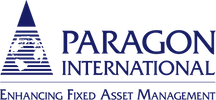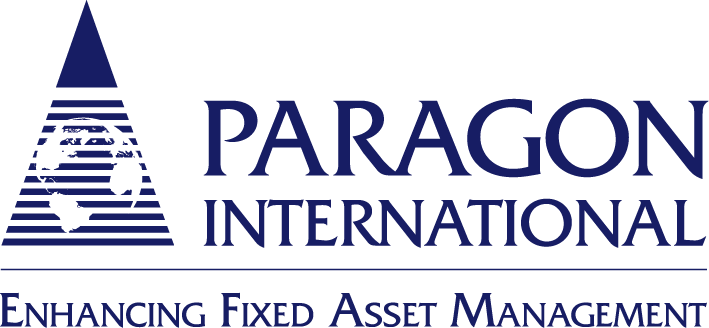It’s financial reporting and tax time. Do you want more write-offs to offset income? Are you struggling to get more cash flow? Are you mired too deeply in other activities to do something about this? Let us help you. Here are nine Cash Flow Planning Tips that are sure to put more cash in the bank.
Tip #1. Recover unclaimed depreciation from misclassified property
When property is purchased or constructed, it’s common for certain components to be inadvertently classified as real property when they are really personal property. A Depreciation Recovery Look-Back Study is a valuable, often overlooked tool for companies to recover overpaid taxes. Identify misclassified cost capitalizations on prior construction, leasehold improvements, renovations, and acquisitions. Determine potential asset life reclassification and recovery of unclaimed depreciation to which your company is entitled.
Tip #2. Optimize accelerated tax depreciation and take advantage of bonus depreciation
Are you taking all the tax depreciation you’re entitled to? Identify and separate personal property assets from real property assets with a Cost Segregation Study. Determine accurate asset classes and depreciate over a shorter tax life. For commercial buildings, the depreciable life can be reduced from 39 years to a much shorter 5, 7 or 15-year life. If you act before December 31, 2022, you may be able to claim 100% bonus depreciation – that’s huge!
Tip #3. Implement an automated fixed asset depreciation system and maximize tax savings
Have you overlooked some of the new tax write-offs? Are you tired of constantly changing spreadsheet formulas and reformatting reports? Is your current fixed asset system causing you grief and wasting your valuable time? Streamline, simplify and automate your fixed asset management and cash flow planning with Sage Fixed Assets – Depreciation, and easily perform bulk updates to take advantage of all the new tax laws.
Tip #4. Find the Cash in the Trash before a renovation project or disposing of fixed assets
Are you updating furniture, computers, telecommunications or other equipment? Are you planning a renovation of a recently acquired or existing property? Could you use some cash flow to help fund the renovation? Wait before pitching, because there’s “cash in the trash!” Identify the remaining life of fixed assets before throwing them in the dumpster with a Fixed Asset Retirement Study.
Tip #5. Perform a fixed asset inventory and reduce costs across the board
Do you know where all your fixed assets are? A physical fixed asset inventory with bar coding and cost reconciliation for tax and accounting is the gift that keeps on giving when properly maintained (see cash plow planning tip #7). It can reduce theft, insurance costs and property taxes, improve planning and budgeting, and eliminate “ghost and zombie assets.” A complete, accurate accounting of fixed assets can help an organization more quickly recover after a natural disaster. Best of all, you’ll save time at year end and satisfy the auditors.
Tip #6. Reduce your building’s energy costs and claim the 179D energy tax deduction
Have you recently made or are you planning to make energy-efficient building improvements? Commercial buildings that achieve a 50% reduction in energy costs related to the building envelope, heating, ventilating, air conditioning (HVAC), lighting and lighting controls are eligible for the IRS 179D energy tax deduction. It allows for an immediate tax depreciation deduction up to $1.80 per square foot (SF). For a 300,000 SF building, that’s over half a million dollars!
Tip #7. Automate your fixed asset inventory tracking process
Fixed asset inventory tracking is one of those processes that is often delayed or forgotten. It may have been done years ago, but never updated. It’s often thought to be too difficult to find the time and tools to maintain accurate inventories. Yet for many organizations, fixed assets represent the largest line item on their balance sheet. By implementing Sage Fixed Assets – Tracking, you can significantly reduce the time it takes to perform regular inventories, share the workload and reduce costs.
Tip #8. Get a property insurance appraisal and reduce insurance premiums or underinsurance risk
Are you over-insured, under-insured, or just unsure? Take the guesswork out of your risk management decisions. Determine the true value of your assets with an independent property insurance appraisal that takes into account the unique costs, geographic areas, building codes and more. Avoid over-insuring and paying higher premiums or exposing the company to potential risk by being under-insured.
Tip #9. Establish the current real estate market value of the business’ property
The value of real estate is constantly changing. General market conditions, local supply and demand, and current condition of the building affects market value. You could be over-paying property taxes and insurance. Get an independent, supportable real estate market value appraisal from a qualified, certified and licensed appraiser and reduce costs.
Surely, one of these nine cash flow planning tips can help you to save money and increase cash flow. Ready to get started? Contact us for a no obligation conversation with one of our fixed asset experts.




